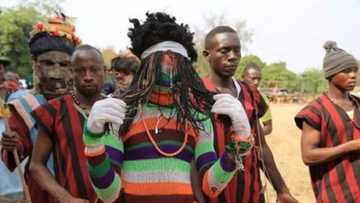Nigerian traditional art and culture
What is Nigerian traditional art? Human beings express their experience and values through various forms of art and cultural activities. The art and culture of Nigeria embody the vivid image of the Nigerian way of life combined with the magnificent history of the past. One of the major aspects of Nigerian art and culture lies in the fact that they draw their inspiration from the traditional folk heritage of the region.

Traditional Nigerian art works and origin
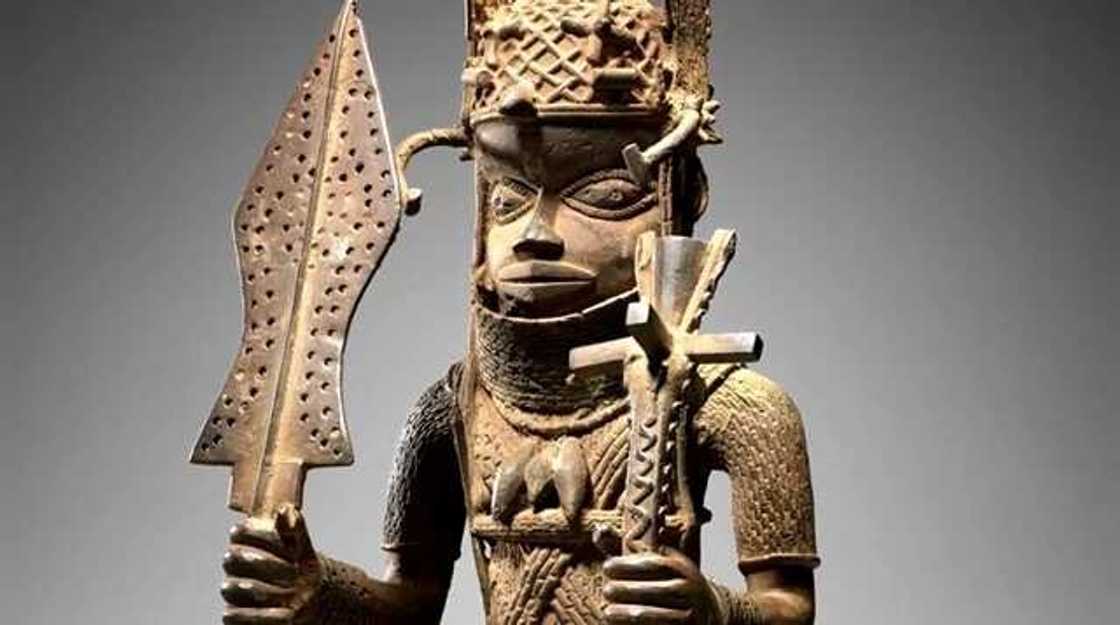
Nigerian culture is demonstrated through art, dance, literature, folklore, and music. The Nok Culture, which settled near the Benue River and believed to be one of the earliest reminiscence of the ancient human settlement in Nigeria is said to inspire the growth of cultural activities in Nigeria.
The major feature of the Nok culture is the invention of terracotta figurines and statues and the abundant use of iron in these sculptures. During the 10th century, the bronze work of Igbo Ukwu and the terracottas and metal art works of Ile Ife Bronze decorated with ivory and precious stones became the talk of the town and subsequently gained popularity in other parts of Western Africa.
Examples of Nigerian traditional art
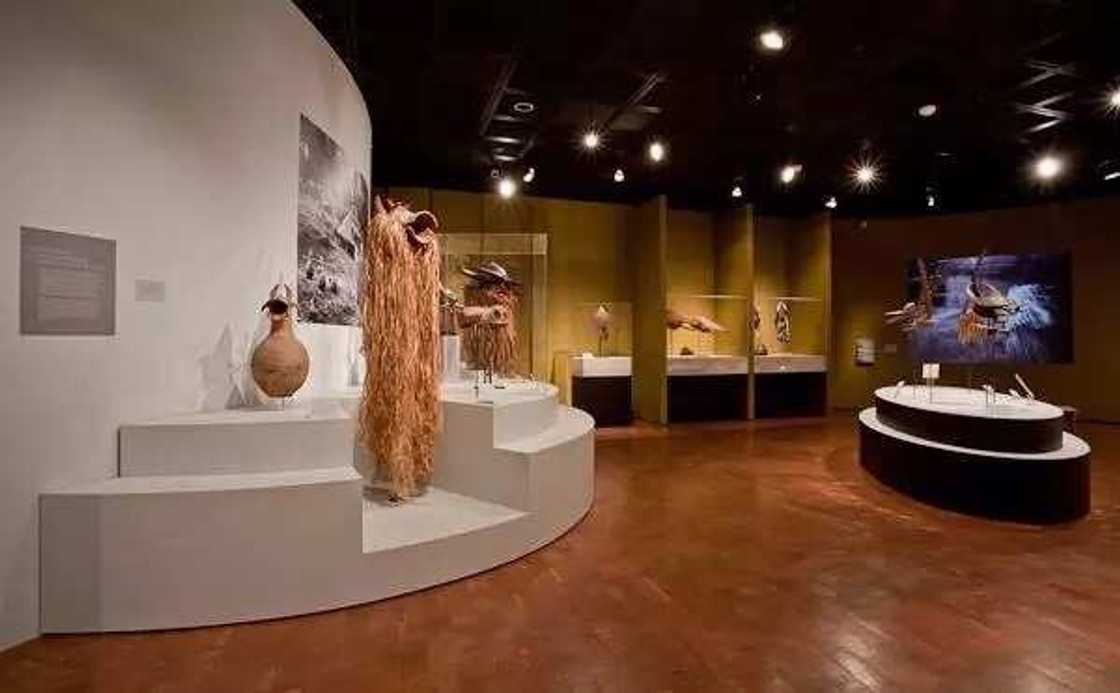
A comprehensive analysis of the Nigerian art and culture gives you a glimpse of the prevalent stone carvings, potteries, different forms of glass work and wood carvings. Bronze works in Igbo- Ukwu, which can be found in Enugu, towers above the ancient works of Nigerian art. The Igbo-Ukwu bronzes with their intricate designs, are well known as Ife works.
Famous places such as Benin and Awka are considered to be the center of woodcarving. Woodcarvers have been thriving throughout the south of Nigeria from time immemorial. They create figures for temples and representations of the spiritual image of earth, sea, sky, water, fire and thunder.

Excavation of ceramics received a great push with relentless effort of Dr. Ladi Kwali, who promoted his works through the European countries and widely enhanced the art of pottery making in Nigeria. The main centers of pottery in Nigeria are: Okigwe in Imo State and Suleja situated in Niger State.
Another prominent craft work in Nigeria is cloth weaving. The popular cloth weaving centers in Nigeria are: Abia State, Oyo State and Okene in Kogi State.
List of Nigerian traditional art
Sculpture

Archaeologists in Nigeria have found a tradition of sculpture making that dates back to at least 500 B.C. Statues and statuettes of ceramics, bronze, terracotta and brass were found in Nigeria. Bronze casting is a traditional art found mostly in the southwestern area of the country. Nigerian bronze work is often used to depict striking realistic statues and masks.
Masks
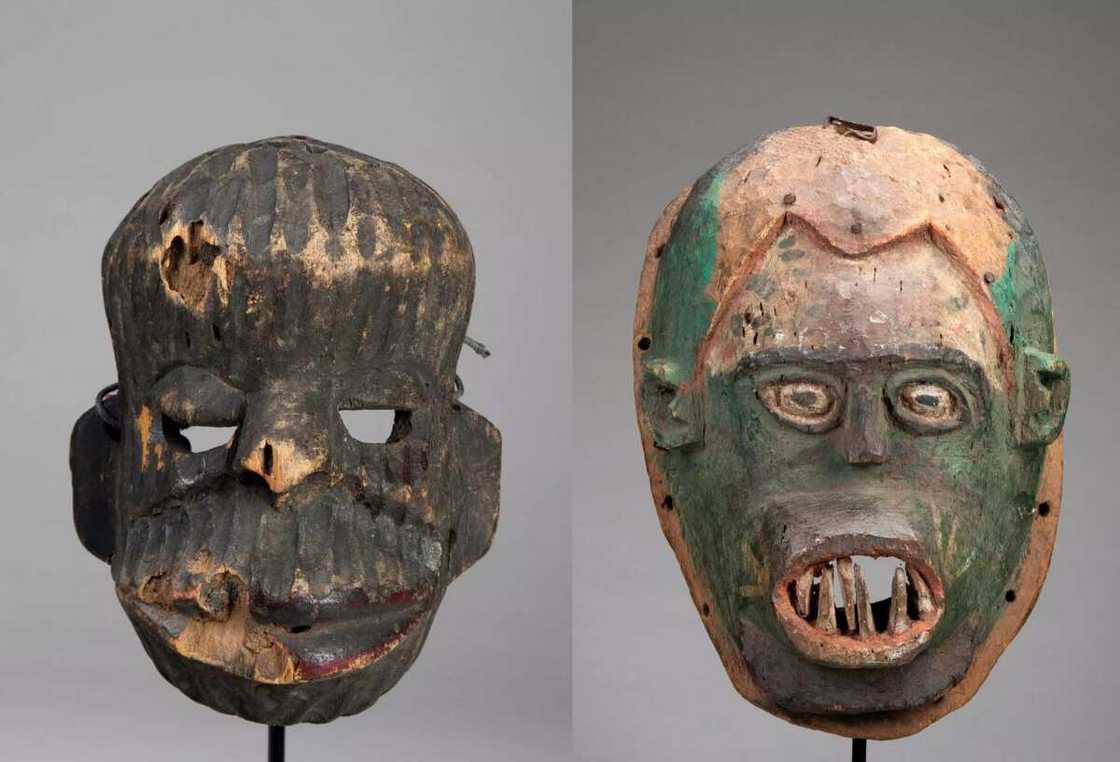
READ ALSO: Kamuku national park
Large wooden masks are part of the animist faith of the Yoruba people, which pre-dates Christianity in the country. Masks are often painted, and believers wear them at funerals and other ceremonies to soothe the spirits. During the Yoruba festival of Gelede, which is celebrated by the female elders, they use large, elaborately carved masks that depict lifelike women's faces and fighting animals.
Textiles
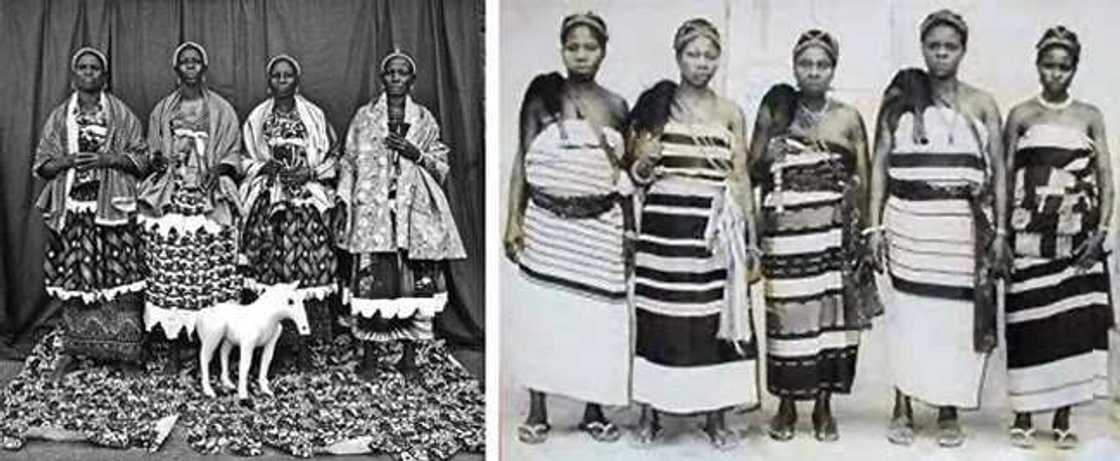
The Yorubas use a shrub to create indigo-colored batik-dyed cloth. In Ife, Osogbo, Abeokuta and Ibadan, women traditionally do the dying, while in the north, the craft is practiced almost exclusively by men. Weavers all over the country produce a bright fabric with lace designs. Oyo state is known for its fine loom cloths while cloth from Abia state uses a broadloom technique.
Pottery
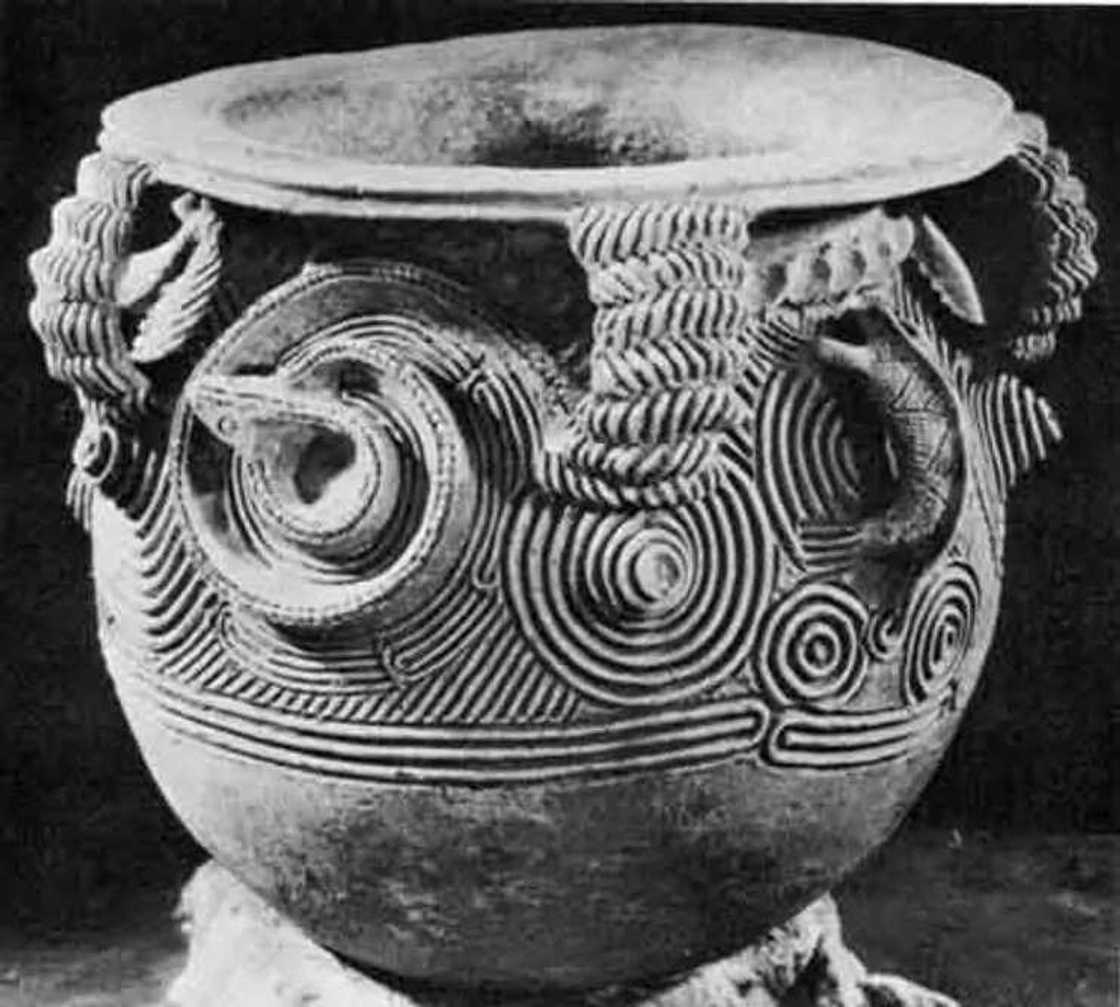
Pottery art is a long standing tradition in Nigeria. Pottery was popular from 100 B.C. It was found on the archaeological site of Iwo Eleru, and artifacts of terracotta dating from A.D. 800 were found at Ile Ife. Today Suleja, Abuja and Ilorin are considered important centers of traditional pottery, although the craft is practiced throughout the country.
A lot of them are large vessels with intricate carvings. Potters in Nigeria are often female, and it is common practice for the techniques to be handed down through families.
Other Arts
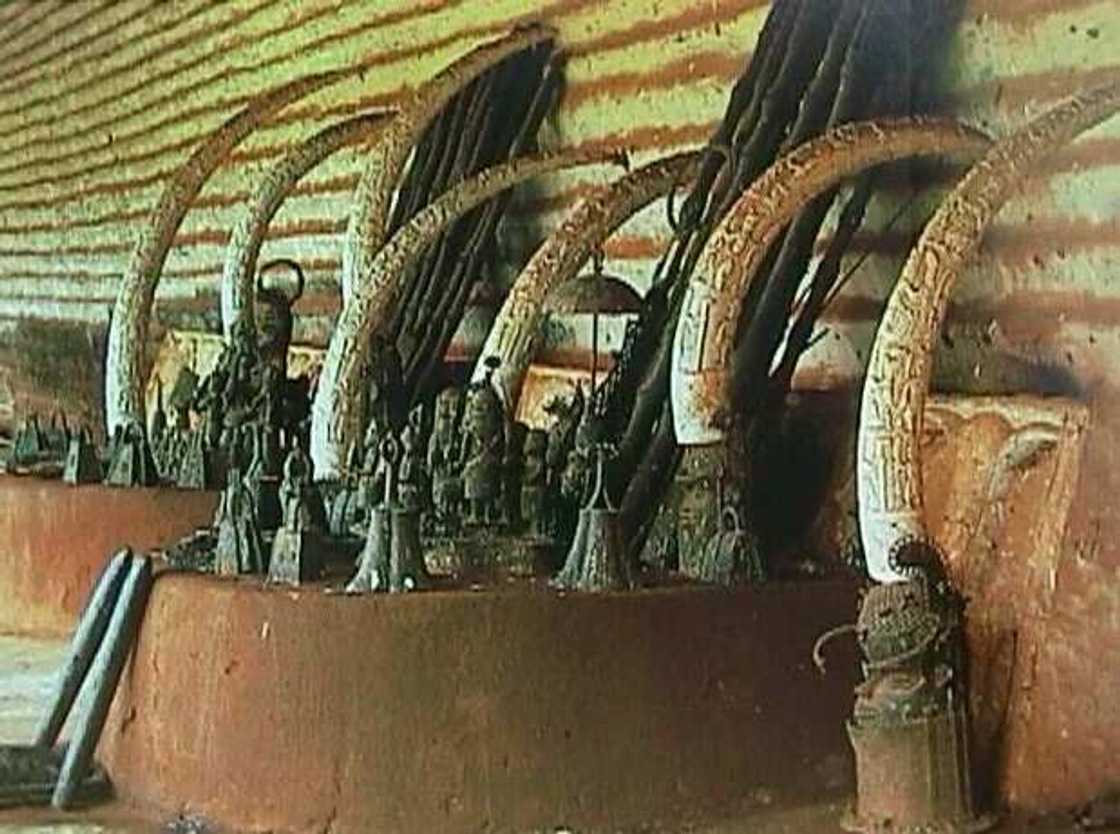
Carved ivory is used for jewelry and small decorative items, as well as for figures placed at altars in honor of ancestors. Woodcarvers create decorative practical implements such as household utensils, but also figurines, shrines, decorative panels and doors for the home. The most famous woodcarving comes from Oyo, Benin, Awka and Osogbo.
Woven grass is used to make baskets, fans, hats and small tables, while cane weaving creates larger household furniture such as tables and chairs. Glass and coral beads are created by craftsmen who usually inherit the profession. The beads are often applied to small charms, such as the ibeji doll, a symbol of good luck.

Nigerian art has traditionally served a social or religious purpose and did not exist for the sake of art. For example, dance was used to teach or to fulfill some ritualistic goal. The sculptures were used in blessings, in healing rituals or to prevent bad luck. Due to the increasing modernization, however, Nigerian art is becoming less oriented to those particular purposes.
To a large extent, Nigerians have abandoned these arts because they no longer served the usual purposes. For example, the elaborate tombstones once widely produced by the Ibibio are becoming increasingly rare as Western-style cemeteries are replacing traditional burial grounds.
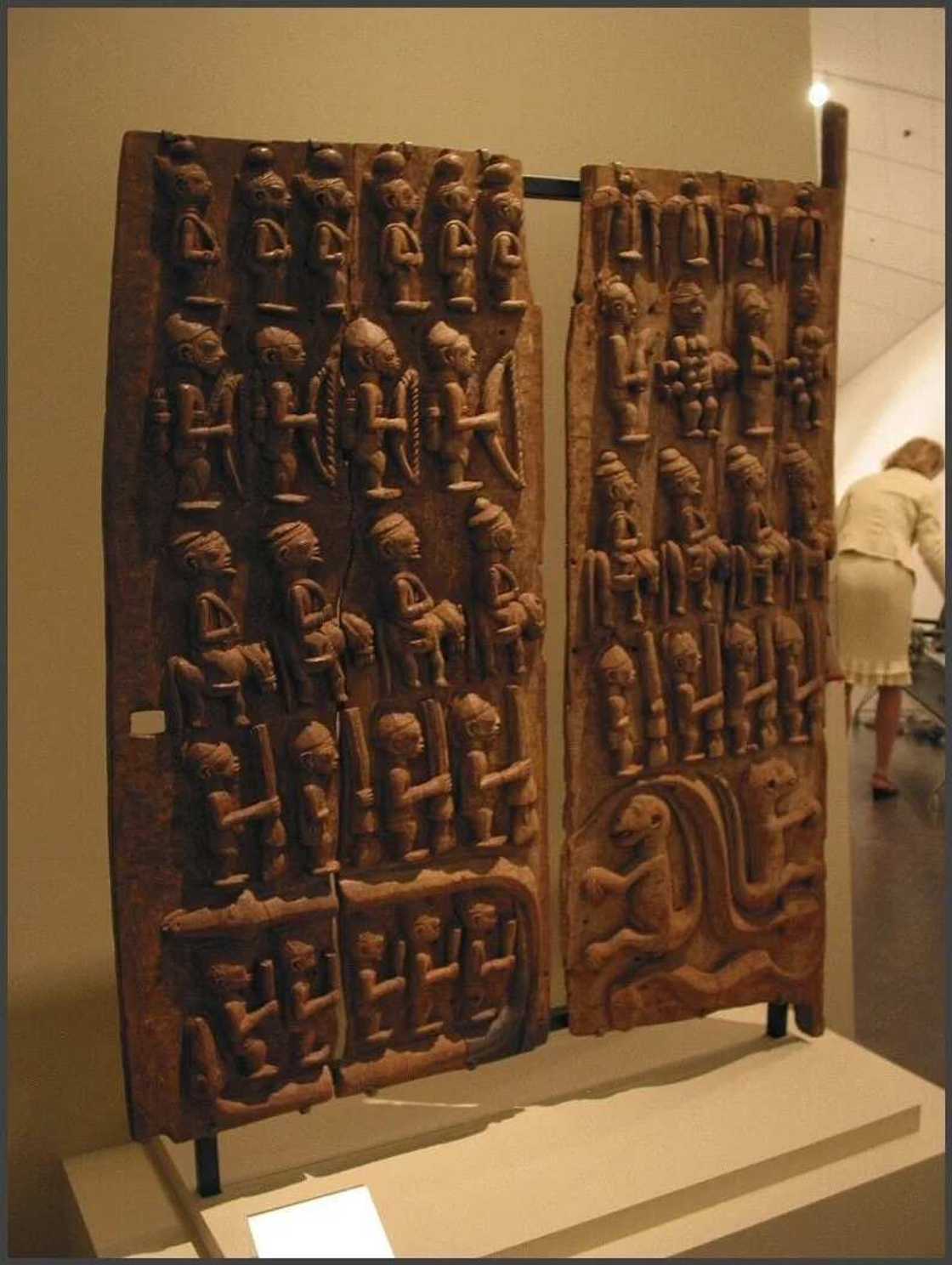
Fortunately, the government has recognized this decline in Nigerian art. In an attempt to promote Nigerian nationalism through art, it has launched some programs, such as the All Nigeria Festival of Arts, to revitalize the Nigerian art world.
A lot of rich Nigerians who want to return their roots, as well as Western tourists and collectors who want to get experience in African art, are willing to spend money on Nigerian art.

This has led to a slight revival of the art industry. That is why the Nigerian government is encouraging arts in every part of the country to retain and promote the culture and traditions of Nigeria.
READ ALSO: Dunamis church: 10 reasons why it is so popular
Source: Legit.ng





